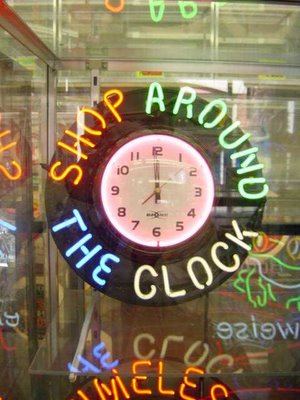Reality Check: Stock Splits
 The best way to understand Wall Street is by stepping off it altogether.
The best way to understand Wall Street is by stepping off it altogether.So indulge with us on a little exercise.
First, go find a pencil.
Got it? Good.
Now, with as much wrath as you can conceivably muster -- break that pencil in two.
How'd that feel?
Did you create more lead?
Of course not -- but now you know what a company feels like when it splits its stock.
The lead represents value added, of which there is none.
The most common split on the Street is a 2-for-1: each stockholder receives an additional share for each share he or she holds.
Stock splits serve one purpose: tell investors that shares are performing well.
Splits convey a positive message and ultimately make shares more affordable for the misguided souls who didn't want to buy -- for example -- a Coach (COH) or an Apple (AAPL) at $70 because they thought those stocks "cheaper" at $35.
We argue that stock splits have more to do with emotion than they do with economics.
They embody our innate lust for bargains, discounts, and sales.
But splits do not increase net assets -- each stockholder is given enough shares so that his or her total fraction of the company owned remains the same.
As such, the stock split is a non-event.
So don't lose sleep should one come your way.
<< Home